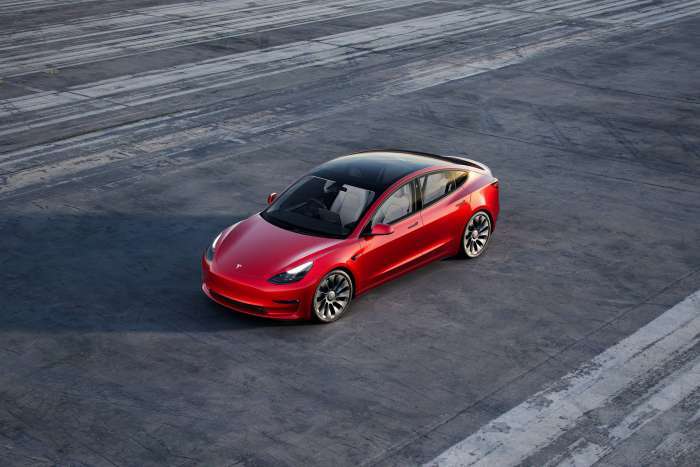We discussed in other articles this week and somehow made educated guesses about the production levels that the different Tesla factories will be reaching in the coming years. Production volume figures that few could have even imagined just a few years ago. In 2021 Tesla manufacturing capacity was 1 million units, while in 2022 it is expected it will at least double that amount.
They are not necessarily worried about this future numbers at Tesla. Its sales today enjoy more than healthy (and growing) figures and despite the delay in deliveries of its models of up to a year or more, many are interested all the same in purchasing one of its electric cars. According to data reported by InsideEVs, in 2021 Tesla ended the year with more than 2,335,000 units of cars sold throughout its history, which is a more than remarkable figure for a manufacturer that was barely known just a decade ago.

The sales figures make up more than half a million Tesla Model S and Tesla Model X, while 1.8 million of that total belongs to Tesla Model 3 and Tesla Model Y, the true kings of their particular segments. Considering the production capacity figures that Tesla achieved in the last quarter of 2021 (308,600 units) and seeing the levels that will reach in 2022, for the first quarter they expect to have a total of 2.5 million cars rolling on the streets worldwide.
However, Elon Musk's focus is on the last month of 2022, as that is when he expects to have more than 4 million drivers with a Tesla in their garages. This figure is specifically taken from its current production capacity, which already exceeds 100,000 cars manufactured on a monthly basis and 1.5 million a year. It is more than likely that this amount will fall short in the coming months, since if we take into account that both GigaTexas and GigaBerlin are expected to reach (or even exceed) the figures produced at GigaShanghai nowadays (more than 600,000 units per year), we would be talking about an annual production very possibly close to 2 million vehicles.

Even considering that Tesla is by all means the undisputed king of the BEV sector with its Model 3 and Model Y BEVs, there are many other brands that eagerly expect to reach the sales figures of more than 1 million units of electric cars per year, before 2025; something that directly affects in a very positive way the entire electric vehicle industry, which has seen in recent years how its number of interested parties (and customers) has only risen, managing to position EVs as a more than attractive alternative to ICE (Internal Combustion Engine) cars and increasingly becoming a trustworthy technological reference for the coming years.

However, although everything is good news and nice figures so far, the electric car market will still have to establish important improvements and milestones, especially regarding pricing and charging infrastructure capacity; but also on range, availability and technology of its internal devices such as the battery system itself, which still has significant room for improvement.
All images courtesy of Tesla Inc.
Nico Caballero is the VP of Finance of Cogency Power, specializing in solar energy. He also holds a Diploma in Electric Cars from Delft University of Technology in the Netherlands, and enjoys doing research about Tesla and EV batteries. He can be reached at @NicoTorqueNews on Twitter. Nico covers Tesla and electric vehicle latest happenings at Torque News.












